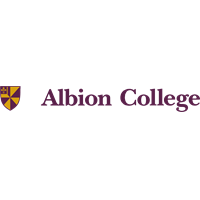Below is a summary of the abstract you submitted. Presenting author(s) is shown in bold.
If any changes need to be made, you can modify the abstract or change the authors.
You can also download a .docx version of this abstract.
If there are any problems, please email Dan at dar78@pitt.edu and he'll take care of them!
This abstract was last modified on May 9, 2016 at 9:02 p.m..

Bacteriophage, or phage for short, are a type of virus that use bacterial cells as their host. Because phage infect bacteria and there are an increasing number of antibiotic-resistant bacteria strains, research is currently being conducted to utilize phage as an alternative treatment for bacterial infection and disease. The purpose of our project was to isolate and purify a novel bacteriophage and then annotate its genome. We isolated phage using Mycobacterium smegmatis as the host. This bacterium comes from the same genus of bacteria that causes tuberculosis. In this project, we each isolated, purified, and annotated our own phage. To isolate bacteriophage, we collected and filtered dirt, and infected the host to enrich for phage. Various phage strains were in the filtered dirt solution so we then purified a single phage strain through several processes consisting of serial dilutions, spot platings, and streak platings. Once we purified a single phage, we isolated and extracted its DNA. The DNA of both of our phages were sent to the SEA-PHAGES project to be sequenced. Once we received our sequenced phage DNA, we annotated it using several programs including DNA Master, Phamerator, Starterator, NCBI BLAST, and HHPred. Each of us further looked into a gene that we annotated that was unusual or challenging. Overall, we successfully isolated and purified two novel bacteriophages and annotated their genomes. One of these phage (Briton15) was identified as a cluster A1 phage. The second (Timmi) was shown to be in the B1 cluster.. Our findings will advance the understanding of bacteriophages and bacteriophage gene function, which will hopefully lead to the development of phage therapy treatments.
